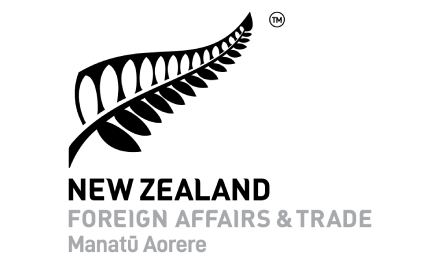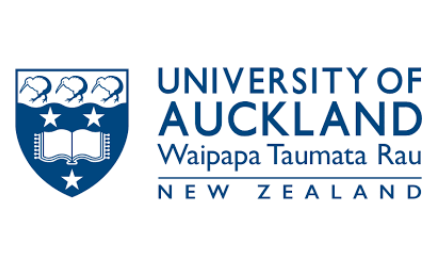Pacific Climate Change Mobility Research – Tonga and Samoa
The future of Pacific mobility: a research project on how climate change may impact movement within and beyond Tonga and Samoa.

A small team at the University of Waikato led a ground-breaking two-year project on the future of climate change mobility in the Pacific. This project was commissioned by the New Zealand Ministry of Foreign Affairs and Trade (MFAT) and was enabled by New Zealand’s climate finance through the International Development Cooperation (IDC) Programme.
The project sat within an overall programme of work which ran from late-2022 to mid-2024 and covered nine Pacific nations (and their populations). The team at the University of Waikato held the contract for both Tonga (and Tongan people) and Samoa (and Samoan people) and Professor Sandy Morrison also undertook the Pou Māori role for the programme as a whole.
The highest level insights from the research can be found in the 'Country Summary Reports' for both Tonga and Samoa at the end of the page, along with the overall synthesis report and other stand alone research outputs. For access to the translated versions (Tongan, Samoan) of the Country Summary Reports, please reach out to the research team.
Project background
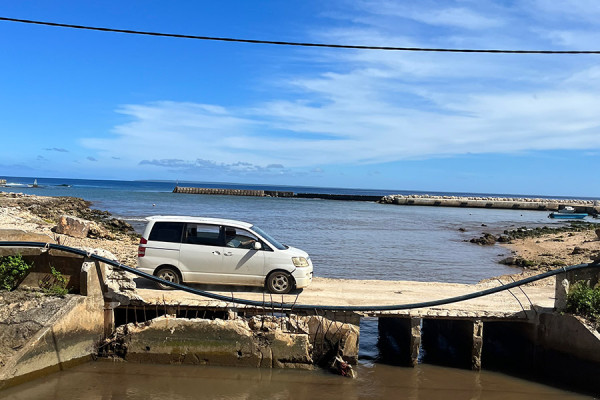 Climate change is an immediate and acute challenge in the Pacific, and Pacific communities have identified climate change as the single greatest threat they face. This requires new thinking, greater ambition, and improved collaboration to realise effective, long-term and sustainable change. It also requires better information for making government policies, including around how people move (or not) in response to the impacts of climate change.
Climate change is an immediate and acute challenge in the Pacific, and Pacific communities have identified climate change as the single greatest threat they face. This requires new thinking, greater ambition, and improved collaboration to realise effective, long-term and sustainable change. It also requires better information for making government policies, including around how people move (or not) in response to the impacts of climate change.
The New Zealand Ministry of Foreign Affairs and Trade (MFAT) commissioned this research to better understand future climate change mobility in the Pacific – both within countries and across borders. The research also investigated immobility – when people choose to, or cannot, move in response to climate change impacts. The outcomes of this critical research will inform a range of policies for Aotearoa New Zealand and research products will be shared with the Tongan and Samoan governments to support their planning and action.
Research questions
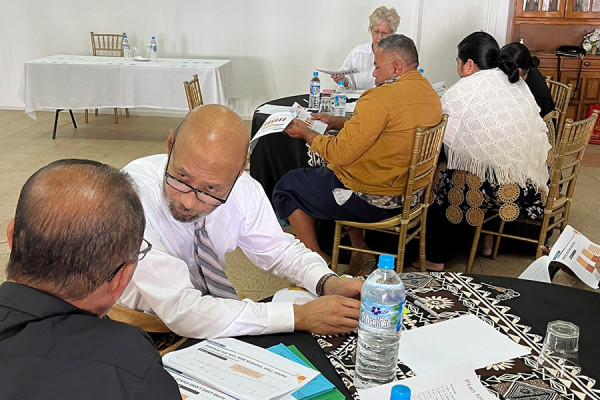
The research sought to understand the future scale (how many people), pattern (how/where/when people may move, or not move) and impact (social, cultural and economic) of climate change mobility in the Pacific region, including on Aotearoa New Zealand. The team also produced new insights in areas such as mobility decision-making, mobility and conflict, differential risks and impacts for women, land context and risks, climate adaptation challenges, the role of the church and the role/s of the international Tongan and Samoan diaspora.
Research approaches and activities
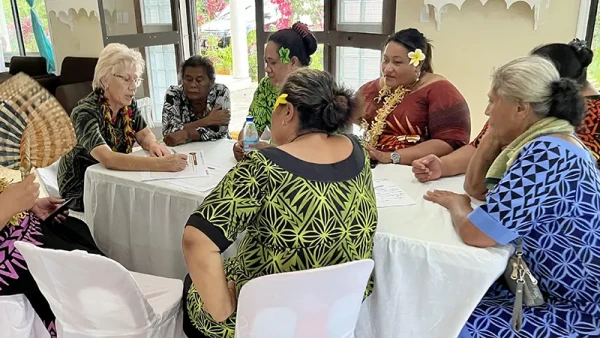
Nearly 900 research participants were engaged in Tonga and Samoa, across all major island groups, as well as Tongans and Samoans living in New Zealand, Australia and the United States. Research activities included survey, one-on-one talanoa with leaders, and targeted group talanoa with women and youth. The research also employed unique, creative approaches to gathering insights on future mobility, including future visualisation sessions, and future scenario planning workshops.
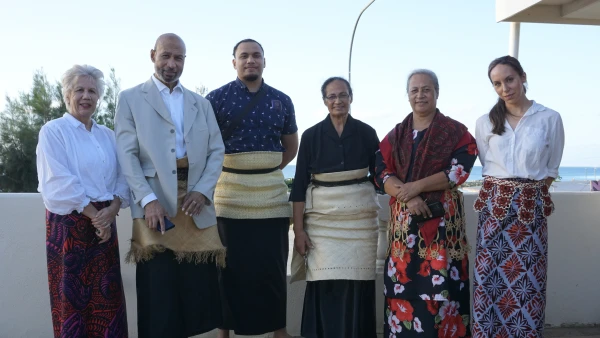 The team also conducted site visits to meet with those who have undertaken environmentally driven mobility, including those who relocated following the recent Hunga Tonga-Hunga Ha’apai eruption and subsequent tsunami in Tonga, as well as those displaced by the 2009 tsunami in Samoa and those affected by more recent flood events.
The team also conducted site visits to meet with those who have undertaken environmentally driven mobility, including those who relocated following the recent Hunga Tonga-Hunga Ha’apai eruption and subsequent tsunami in Tonga, as well as those displaced by the 2009 tsunami in Samoa and those affected by more recent flood events.
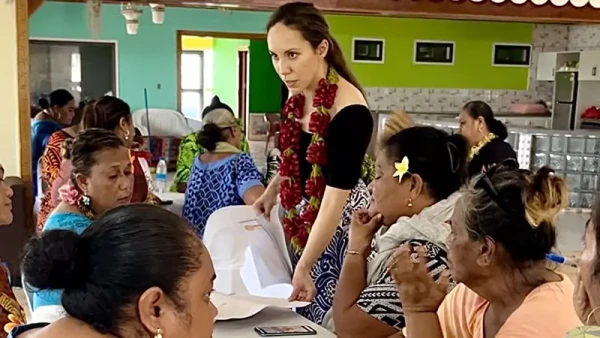
In addition, a selection of eminent Māori leaders were engaged on their perspectives of Pacific climate mobility, identifying risks and opportunities for further exploration. The research team are internationally recognised for their leadership in Pacific (e.g., Talanoa Research Methodology) and Māori research methodologies – methodologies that are centred in the approach to the project.
Why this research matters
Climate change mobility will intensify regionally and globally in future. The outcomes of this research will inform future policymaking that affects both those with direct links to the Pacific and all people in Aotearoa New Zealand. Beyond this, this research will contribute considerably to thinking on contextual approaches, risks and solutions in the context of progressive climate change.
Within the overall programme of work, this project, focused on Tonga and Samoa, is particularly relevant to Aotearoa New Zealand given economic, cultural and population ties between these two nations and ours - Samoan people represent the largest Pacific population and Tongan people the fastest growing Pacific population in Aotearoa New Zealand.
The research team
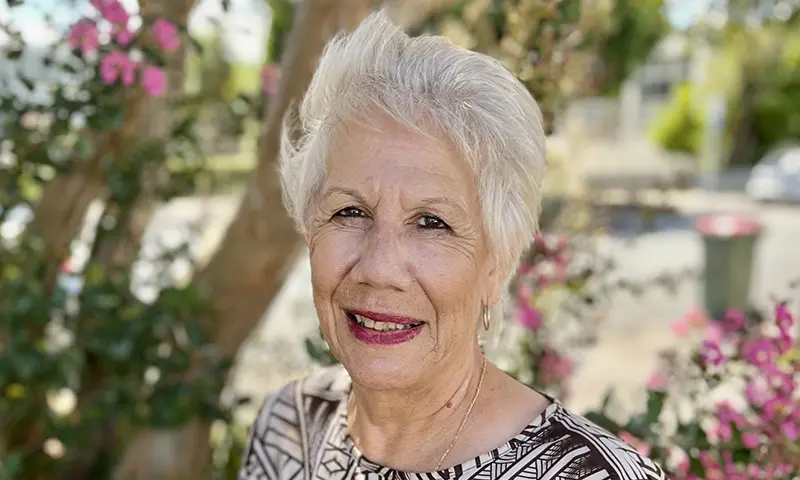
Professor Sandy Morrison

Lora Vaioleti
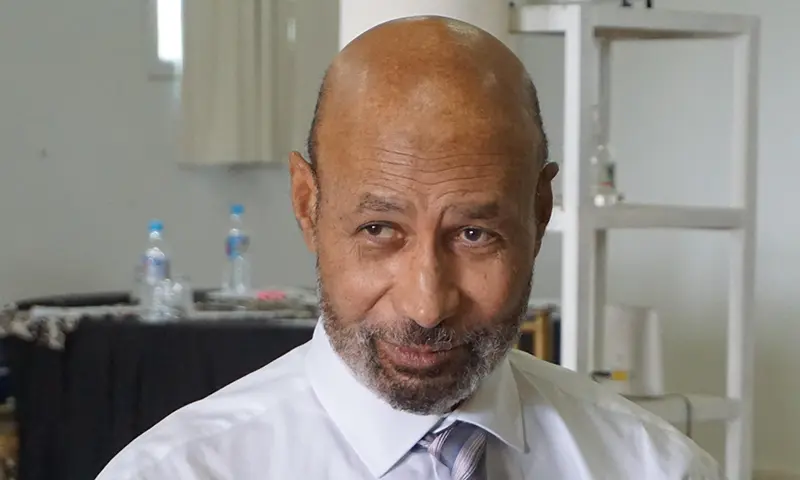
Dr. Timote Vaioleti
Country Summary Reports
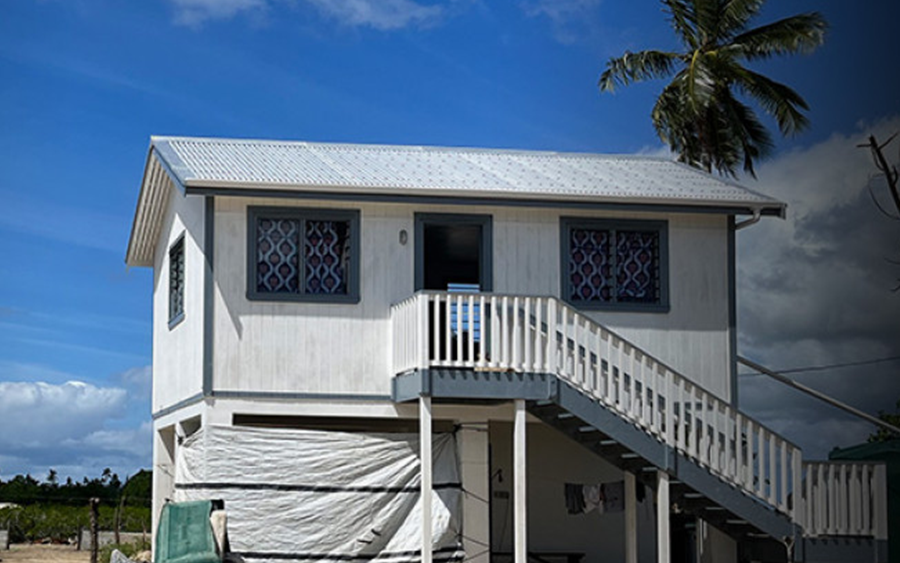
Tonga Country Summary
Short summary of key research insights on climate mobility scale, pattern and impacts for Tonga and Tongan people (English and Tongan translation).
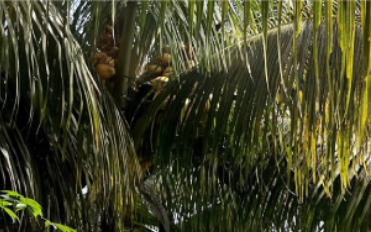
Samoa Country Summary
Short summary of key research insights on climate mobility scale, pattern and impacts for Samoa and Samoan people (English and Samoan translation).
Overall Synthesis and Case Study Reports
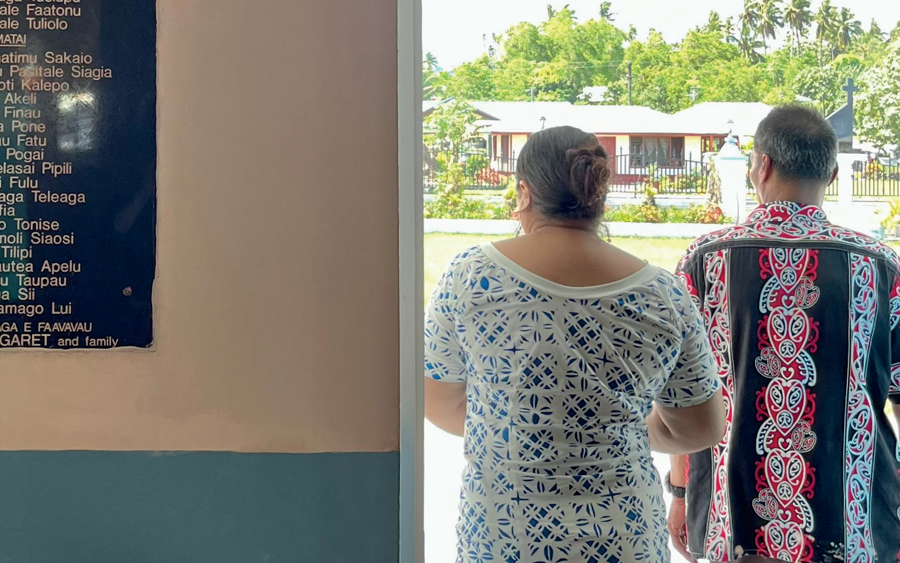
The Case Studies - Pacific Climate Mobility: Tonga and Samoa Synthesis Report
Set of 10 case studies from Tonga and Samoa to provide added richness to the insights of the overall research report.
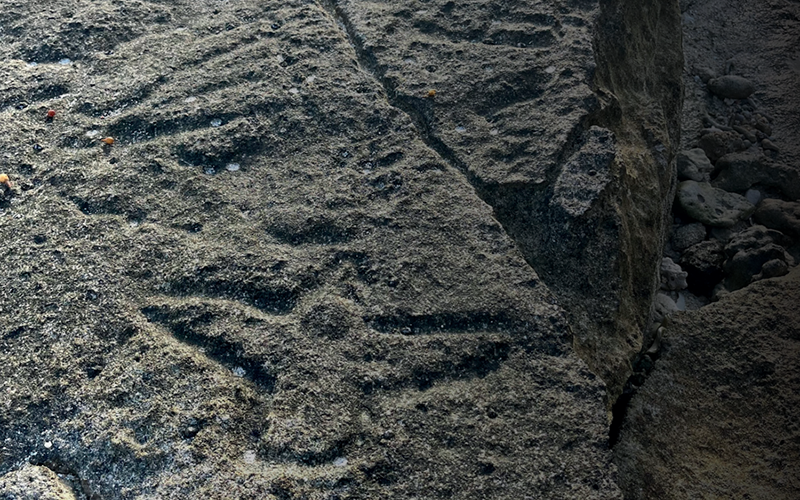
Pacific Climate Mobility: Tonga and Samoa Synthesis Report
Overall research report, covering scale, pattern and impacts findings, with specific Tonga and Samoa reports including policy implications.
Stand Alone and Early Harvest Research Products
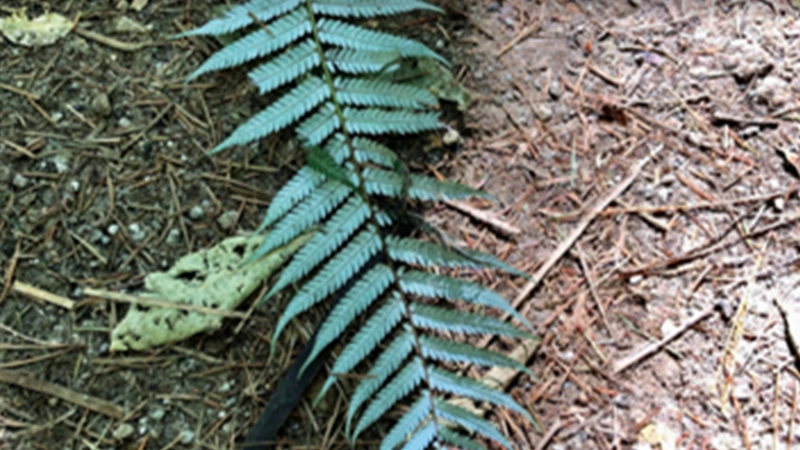
Six Kōrero
Analysis of interviews with six prominent Maori on future Pacific climate mobility, including possible implications, risks and opportunities, and principles for moving forward.
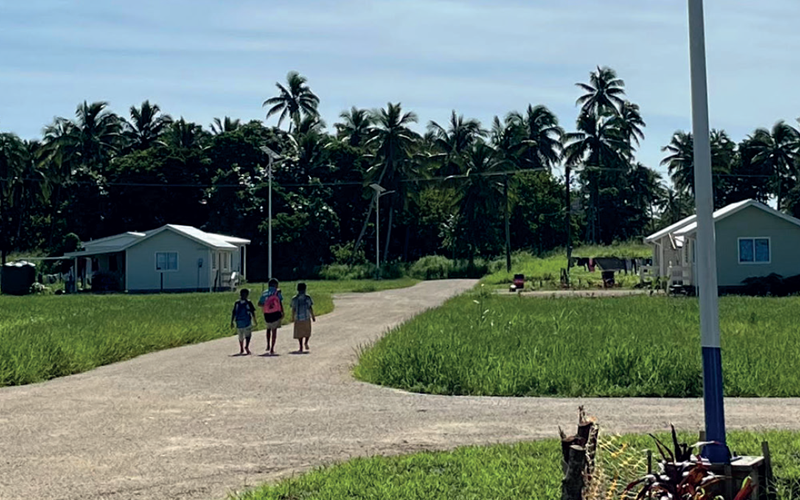
Landed
Land-relevant considerations and risks in the context of future climate mobility in Tonga and Samoa.
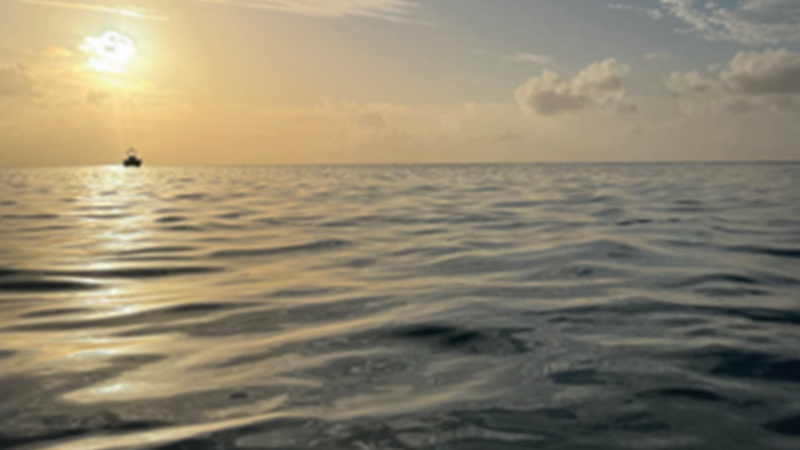
Moving Futures
Output from future scenario workshops held with leaders in Samoa and Tonga, defining and exploring different futures, identifying risks/mitigations.
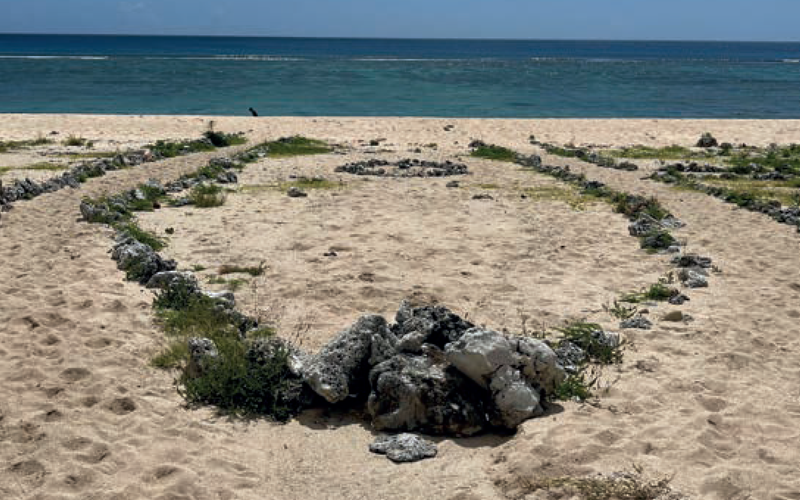
The Visions
Powerful new insights from one-on-one visualisation sessions in Tonga and Samoa.

The Diaspora
Insights from the Tongan and Samoan diaspora, their unique contribution, influence and potential in a climate mobile future.

(Im)movable Women
Findings from engagements with women, including women leaders, in Tonga and Samoa re: the future, unique risks, opportunities and mobility impacts.

The Mobility Willing/Survey One
Survey results on destination preferences, recent and future mobility plans and mobility drivers.
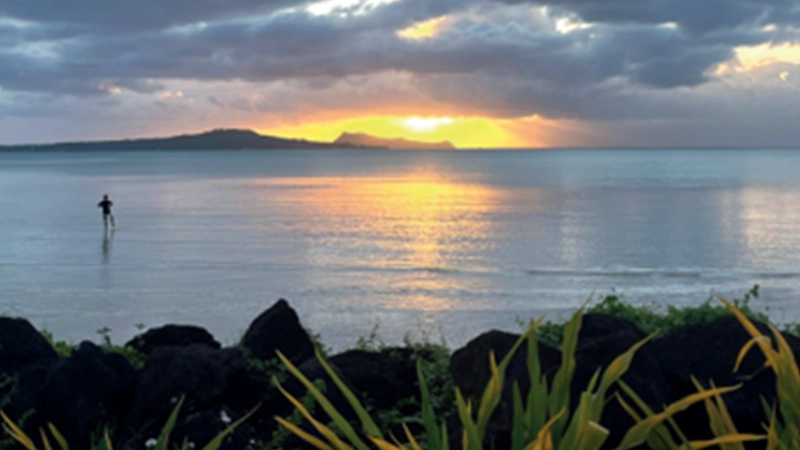
Recent Shifts, Future Signals
The findings from bold future scenario workshops held in Tonga and Samoa, including new insights on climate-related mobility scale and pattern.
Contact
For more information on this project please reach out to:
